Ethereum ecosystem needs a major mindset shift for global impact, says Vitalik Buterin
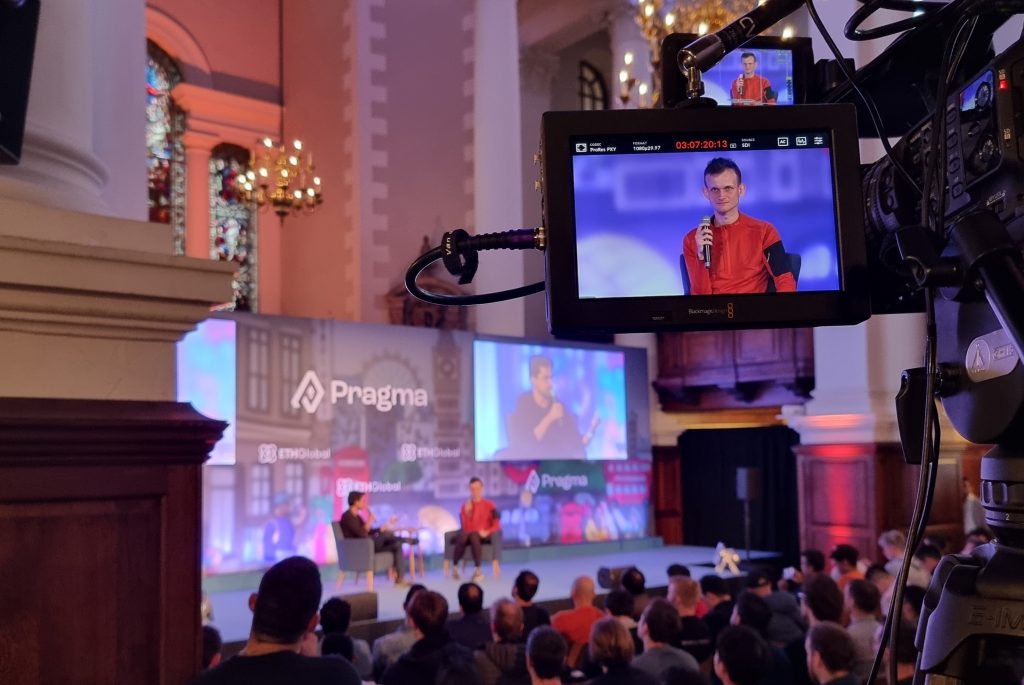
Ethereum takes a significant step towards a layer-2 centric future after the Dencun hard fork, leading Vitalik Buterin to call for a shift in mentality.

Ethereum co-founder Vitalik Buterin is calling for a mindset shift toward building layer-2 (L2) decentralized applications and solutions following the successful completion of the Dencun hard fork.
Speaking at the ETH Global’s Pragma London event on March 14, Buterin hailed the completion of the network upgrade, which enables L2 rollups to achieve scale by reducing the costs associated with submitting cryptographic proofs to Ethereum’s base layer.
“We have officially hit basic rollup scaling, but we need to keep in mind that things will be incremental from here,” Buterin told a packed crowd gathered at the Christ Church Spitalfields venue.
The event drew over 500 attendees ahead of a weekend-long hackathon and Buterin’s attendance served as a big draw card towards the end of the day’s program of speakers.
Given that Dencun hit the mainnet without any hiccups, there was a palpable sense of yearning to hear what is next for Ethereum from arguably its most crucial founding member.
Blobs are here
Buterin reflected on his widely-cited roadmap for Ethereum following its successful transition to proof-of-stake consensus after The Merge in 2022.
The co-founder said that many of the milestones he’d laid out were primarily engineering tasks, some of which came to fruition when Dencun was finalized.

Dencun included Ethereum improvement proposal (EIP-4844), which changes how Ethereum rollups store data on mainnet. Several layer-2 rollups aggregate and process transactions off-chain and submit a summary proof of these transactions to the Ethereum blockchain.
EIP-4844 introduced a new way for rollups to add cheaper data to blocks by introducing blob space as a replacement for using call data for storage.
Using call data to store cryptographic proofs of off-chain bundled transactions has been historically expensive because all Ethereum nodes must process the data that lives on-chain indefinitely.
Proto-danksharding, named after the researchers who proposed EIP-4844, allows rollups to send and attach data blobs to blocks. The data is not accessible to the Ethereum Virtual Machine and is deleted automatically after 18 days.
Ethereum is in a process of change
Ethereum has been in constant flux over the past decade, and Buterin highlighted his belief that its ecosystem needs to change its approach to have a significant impact on the internet and conventional financial systems.
Buterin views the first decade of Ethereum as an inwardly focused period, reflecting on how the ecosystem was developing things for itself:
“The tech geeks were trying to satisfy tech geeks and create beautiful technology. The second decade needs to see Ethereum breaking out and having a big impact on the world.”
The Dencun hard fork has played its part in this narrative, allowing the Ethereum ecosystem to shift away from a layer 1-centric focus. Buterin also expects to see Ethereum’s base layer moving away from a period of rapid change to one more focused on maintenance:
“We’re on the decelerating side of things. I actually think the biggest changes are behind us, which is amazing.”
While the Ethereum co-founder concedes that L1 changes will continue to be part of the development of the ecosystem, an L2-centric mindset should take hold going forward, focusing on application developers.
Buterin said the ecosystem has created a wealth of tools to build DApps, chief among them being zero-knowledge proofs:
“They’re able to build applications that are much more scalable and to build applications that do a better job of preserving users’ privacy. And the ease of doing that has increased massively compared to five years ago.”
Buterin also implored builders to adopt an “Ethereum 2.0” approach to development that makes use of contemporary tools and protocols like L2 rollups to tap into improved privacy, security and performance benefits.
Magazine: Is measuring blockchain transactions per second (TPS) stupid in 2024? Big Questions

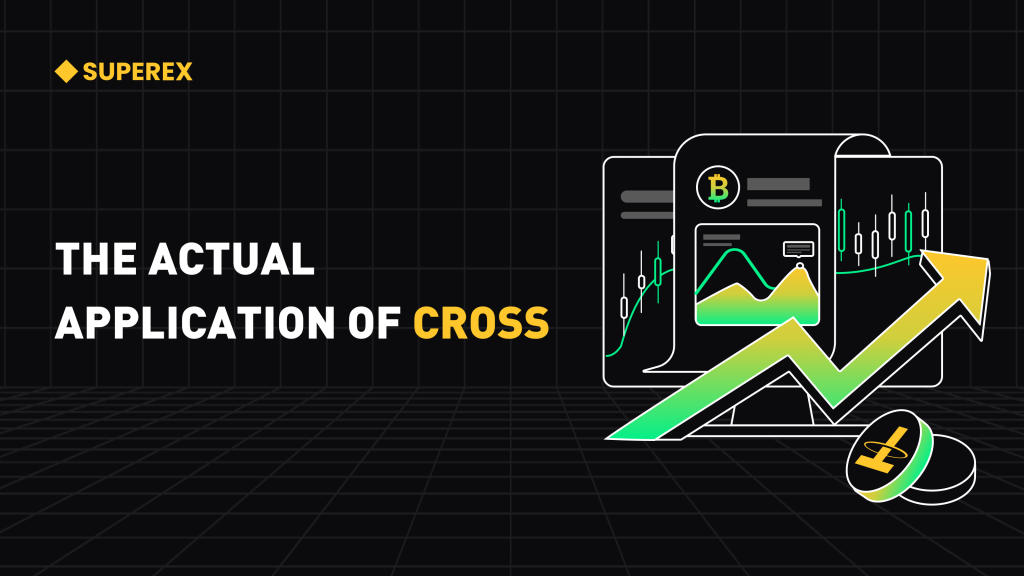
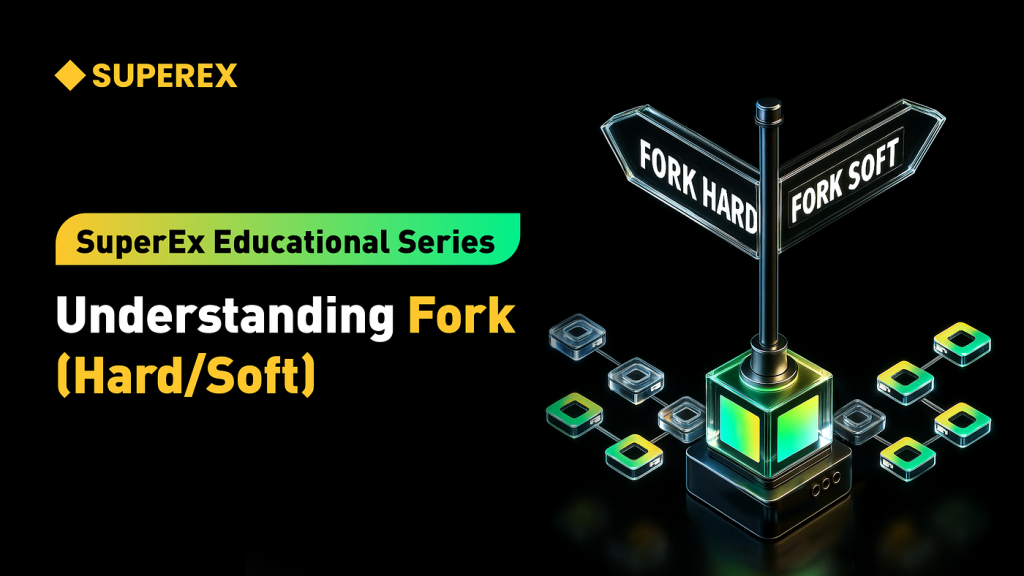
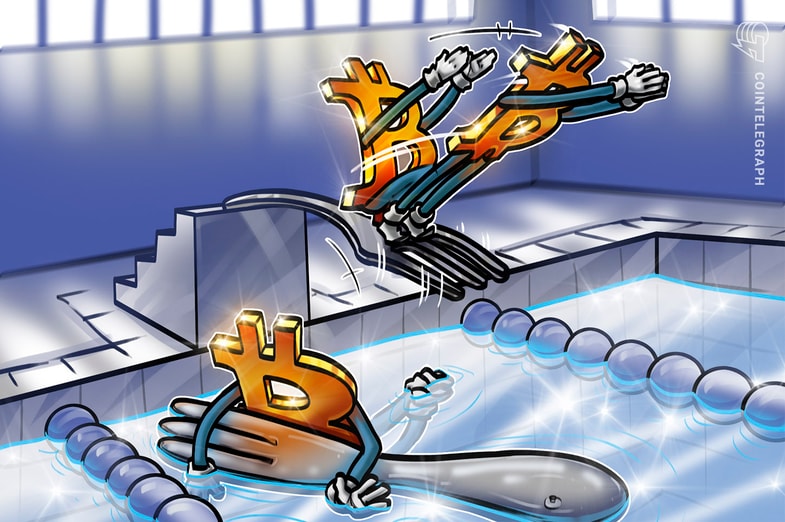
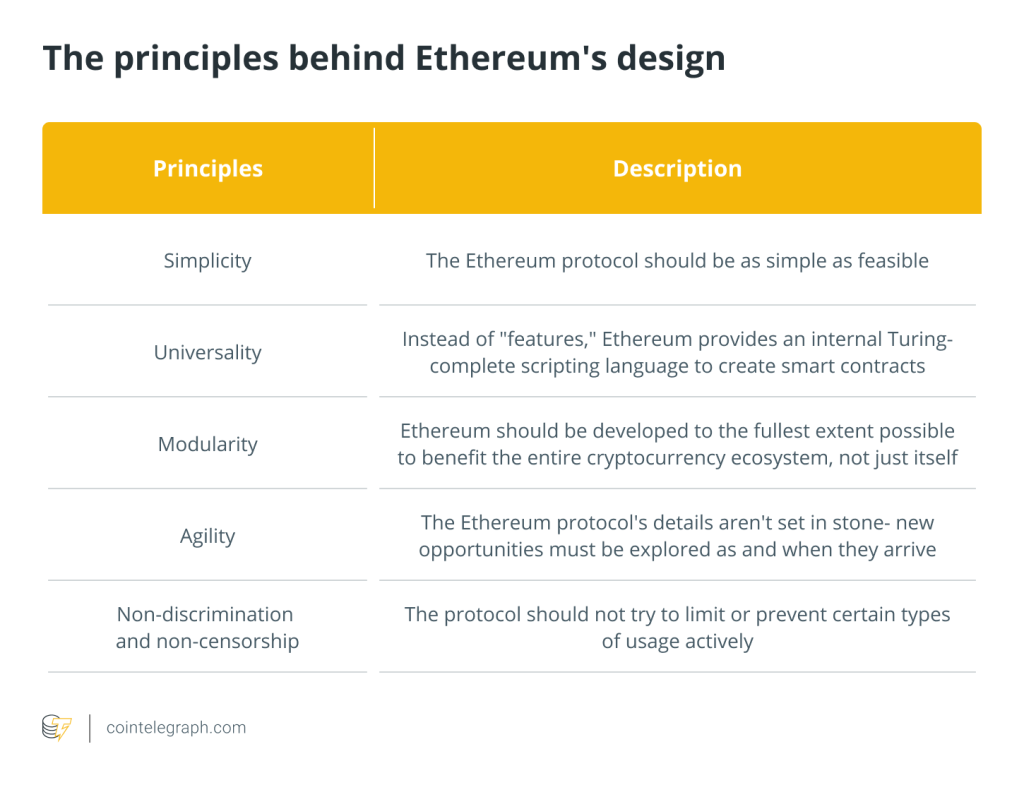
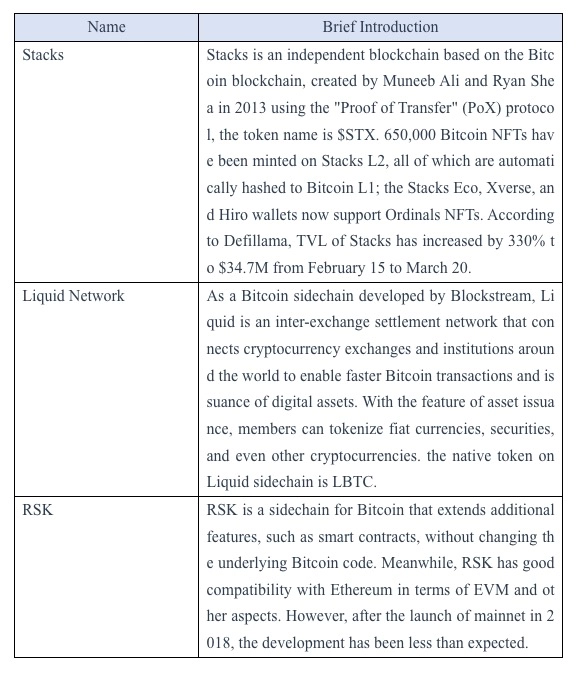
Responses